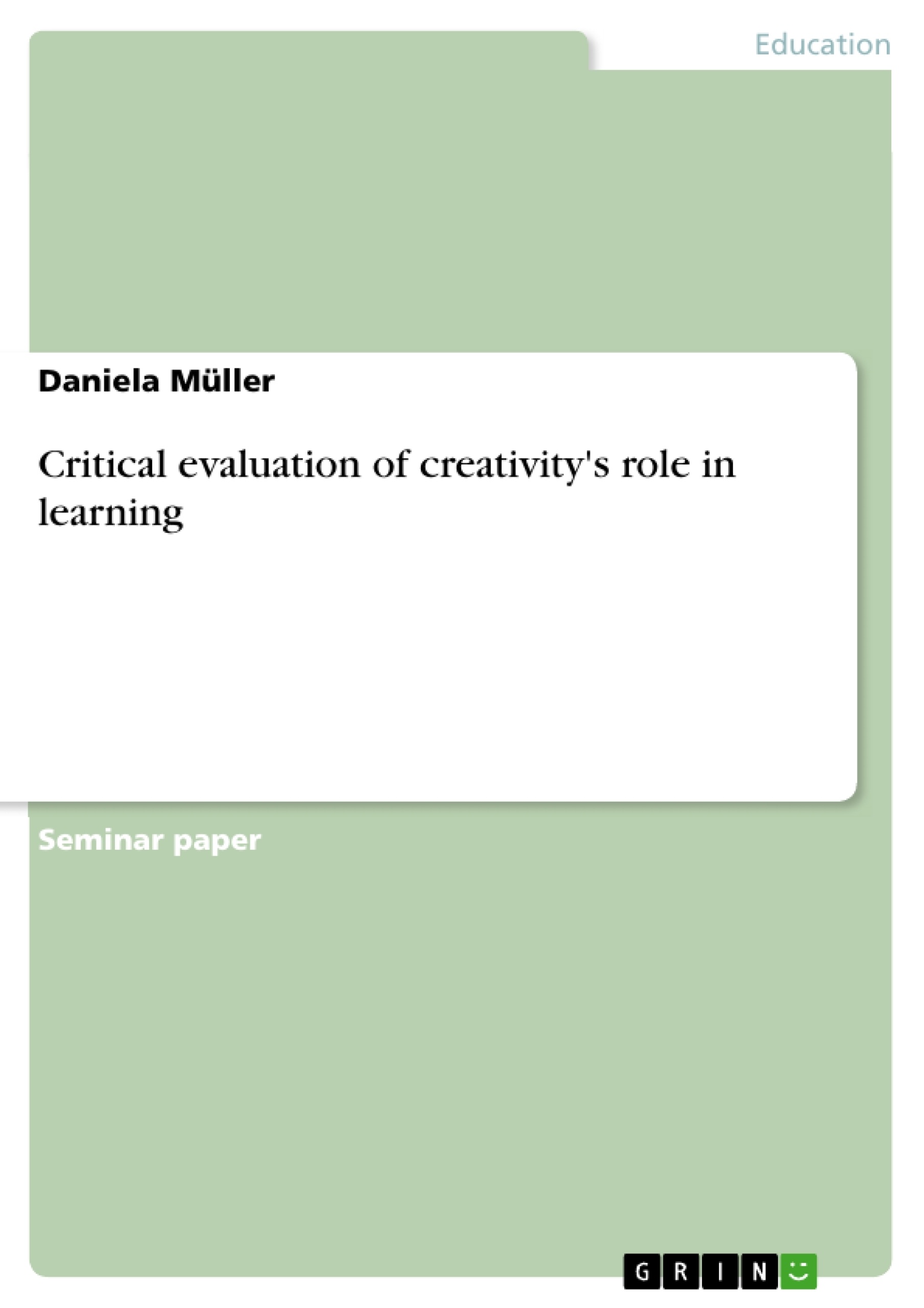In this assignment I will look more closely at the role of creativity in learning, especially in education.
First I will define creativity. Second I will have a look at how creativity is defined in the curriculum. What does the National Curriculum want the children to learn through creativity and how does it want the teacher to teach this? Is there an explicit way how the teacher should do it? How do they fix creativity especially with the subject English (as a native language) or with another modern foreign language?
After getting an idea how creativity is taught or should be taught in the British school system, I will have a look at Germany. How is creativity mentioned in the German Curriculum? I also will have a closer look at the subjects German (as a native language) and English (as a modern foreign language). Are there differences in the Curriculum and the way of teaching or is it the same?
After I have compared these two Curricula with each other, I try to give an example of how a creative English (as a modern foreign language) lesson could look like.
In the end I want to answer if creativity in school is necessary, or what do pupils learn from being creative.
Inhaltsverzeichnis
1 INTRODUCTION
2 WHAT IS CREATIVITY?
3 CREATIVITY IN BRITISH SCHOOL CURRICULUM
3.1 Creativity in the British and German Curriculum
3.1.1 Creativity in English
3.1.2 Creativity in modern foreign language
3.2 Creativity in the German Curriculum
3.2.1 Creativity in Deutsch (German)
3.2.2 Creativity in English as a foreign language
4 PLAN FOR A CREATIVE LESSON
5 DOES CREATIVITY HELP FOR LIFE (AFTER SCHOOL) AND WHAT COULD YOU LEARN?
6 BIBLIOGRAPHY



